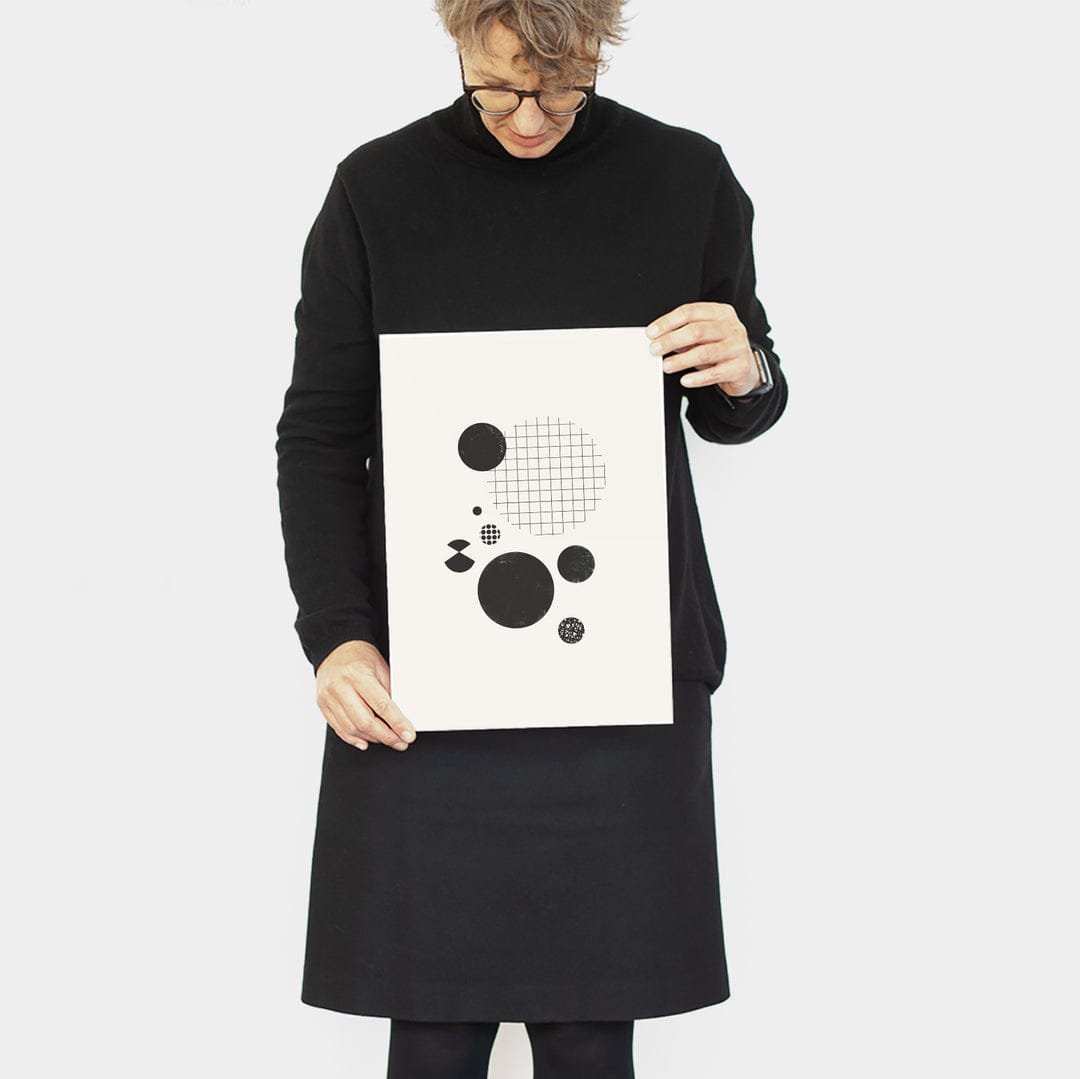Micro-communities for diversity
Micro-communities in the sustainable city - Aleksandra Shekutkovska
I started these illustrations about micro-communities.
I still believe that cities are places of contradiction, having lived in different cities around the world. They will never be perfect or equal for all. However, they have a tremendous capacity to host spontaneous and permanent micro-communities to create spaces for diversity. The spaces where the micro-community 'happens' are usually thriving social, physical and economic palimpsests. Organising into smaller communities: mini-cells of the city with their own identities, can help people living in the city to find a variety of roles and scenarios beyond the roles of workers or consumers. Creating a safe social space in the city is an antidote to the capitalist city and urbanisation.
Micro-communities in the sustainable city - Aleksandra Shekutkovska
In her book Hologram, Casie Thorton points out that capitalism is not only an economic system, it's also a cultural and social system that deeply influences how we relate to each other, how we interact, how we imagine ourselves and each other, even how we speak and feel. As cities face waves of urbanisation, making space for micro-communities, which are sometimes permanent and sometimes temporary, can bring a lot of spatial qualities.
McGrathh and Pickett (2013), in their work Resilience in ecology and urban design, describe a nested puzzle framework as the meta-city approach to urban design and modelling. They characterise the word meta not only in the sense of size, but also as a keyword to explain the spatially extensive 'system over systems'. In fact, the reading of the heterogeneity of the urban landscape begins with the study of spaces at the urban micro level. In this sense, the qualities and identities of alleys, paths, spaces between neighbours, roofs, extensions, places to sit, places to sell drinks, food, newspapers.... The functionality of the community is understood by observing the physical characteristics of the scenography and the way people build their experiences towards the urban elements at the micro level.
Snake skin - Dzunica Dokoska
Micro-communities are places in the city where we can cooperate, co-create, collaborate. It is in these spaces that we can connect, trust and make space for each other, despite the constraints of urban planning, which greatly influence our behaviour.
What are some of your favourite micro-communities in the city you live in?
In which micro-communities do you feel a sense of belonging and sharing?
I would love to hear more from you.




